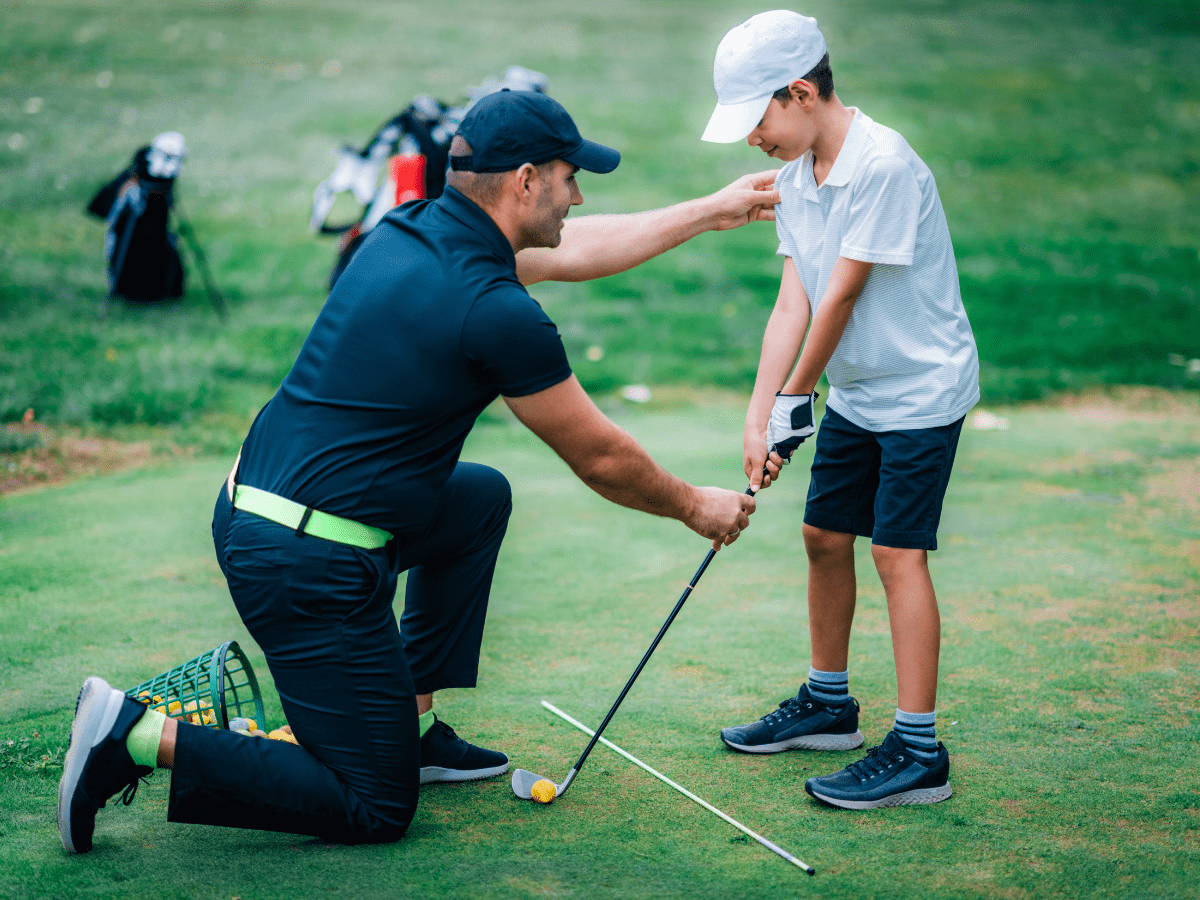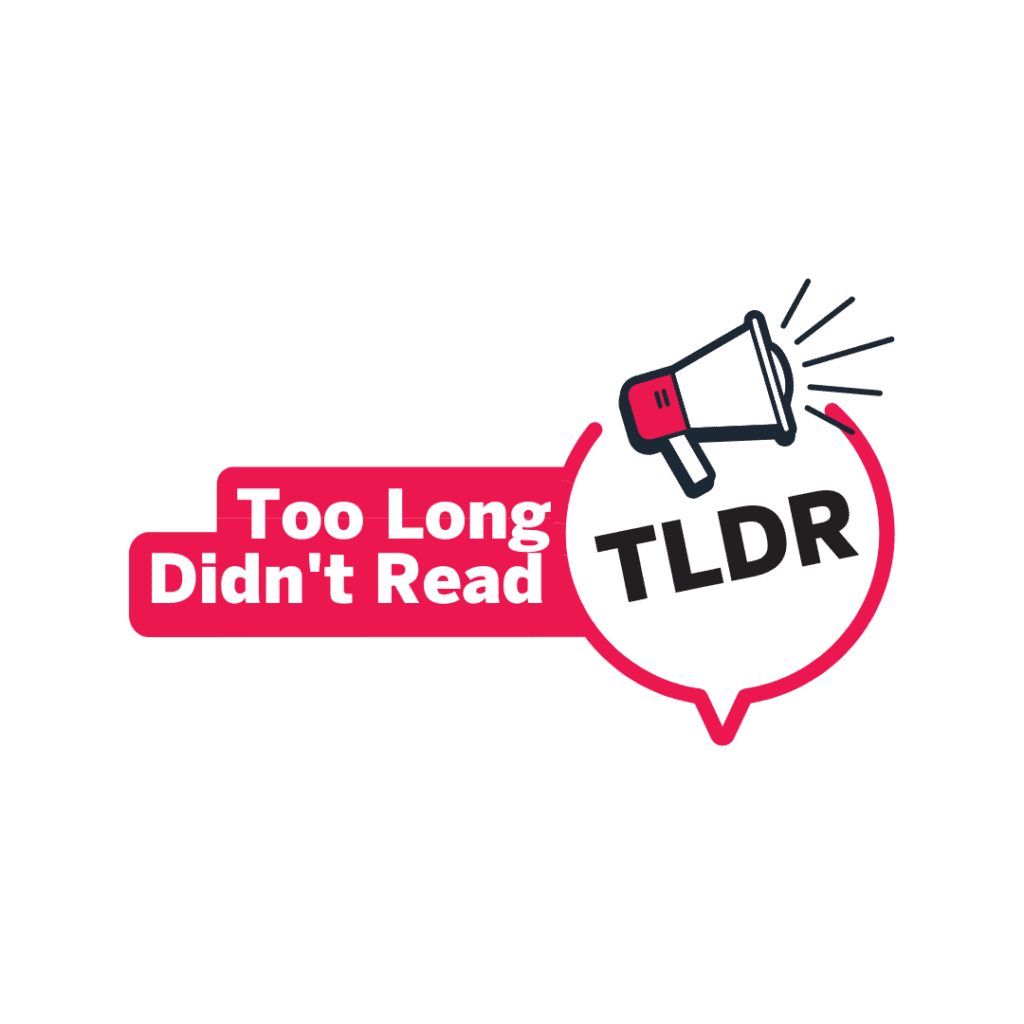

Project summary
Many people who adopt the goal of improving physical activity do not succeed. The aim of this research was to examine goal conflict as a uniquely contributing factor to the low rate of success. Our experiments showed that goal conflict can create a barrier to regular exercise by (a) lowering performance of exercise for up to 2 weeks later, (b) preventing intrinsic enjoyment of exercise, (c) lowering mood and state self-esteem, and (d) conditioning negative emotions to exercise-related objects. They also showed that these negative consequences can be avoided through the application of specific interventions.
The research yielded 3 main conclusions. First, it is a mistake to equate goal conflict with low motivation for exercise. Goal conflict still happens to individuals with high exercise motivation, still disrupts their mood state and exercise performance, and requires a unique solution. Second, goal conflict is at least partly a matter of perception. Subtle differences in the presentation of exercise or other goals can modulate this perception (and its negative consequences) without changing people’s “to-do” lists or available time, resources, or strategies for accomplishing multiple goals. Third, the negative effects of goal conflict can be avoided when people are encouraged to (a) schedule exercise in advance, (b) exercise because of the high costs of inactivity, and (c) exercise because it will actually benefit their other personal goals. Such encouragement forms little part of the standard message promoting exercise, which emphasizes “how much” rather than “when” to exercise, positive rather than negative outcomes that may be achieved/avoided through exercise, and positive outcomes for health before any and all other goals.
Research methods
The principal investigator worked together with 15 honours and graduate research associates on this research. Over 3 years, we screened over 1,000 student research-participants with high exercise motivation into a series of laboratory experiments. Ethics approval was granted by the University of Manitoba Research Ethics Board, and all participants provided written informed consent in advance.
In our typical experiment, after making a commitment to exercise, participants were randomly assigned to conditions that prompted them to think about either their conflicting academic goals, or their consistent exercise goals. Follow-up measures of the participants’ mood, motivation/intentions, and exercise frequency allowed us to test the effects of this brief exposure to goal conflict, while holding other factors constant.
We also developed and validated a brief, self-administered questionnaire measure of chronic goal conflict with exercise. We used this measure in several prospective studies of exercise behaviour, occurring either naturally or in response to specific interventions.
Research results
Our experiments in year 1 showed that goal conflict can create a barrier to regular exercise by (a) lowering performance of exercise for up to 2 weeks later, (b) preventing intrinsic enjoyment of exercise, (c) lowering mood and state self-esteem, and (d) conditioning negative emotions to exercise-related objects.
The main focus of research in years 2 and 3 was to design and/or apply interventions to manage goal conflict effectively. We specifically examined the effects of (a) scheduling exercise in advance, (b) receiving promotional messages that emphasized the costs of inactivity vs. the benefits of regular activity, and (c) reviewing brochures or videos that emphasized the benefits of exercise for health vs. alternate goals. Our findings suggest that the damaging effects of goal conflict for exercise performance or enjoyment can be avoided.
Most of these studies relied on student-participants and examined goal-conflicts between exercise and either academic or social goals, which were natural to the participants’ social-developmental context. Future research is needed to extend the findings and implications of this research to other social-developmental contexts.
This research also yielded durable outcomes. Our questionnaire measure of goal conflict with exercise can be used in future research. Also, our exercise-promotion videos, based on intergoal facilitation, are of a professional quality suitable for wider use and distribution. Our final report to SSHRC includes a complete listing of other academic and non-academic contributions that resulted from this research.
Policy implications
This research has potential policy implications in three areas: increasing sport/exercise participation (directed to federal/provincial-territorial ministers for healthy living), increasing representation of women in sport/exercise activities (directed to federal/provincial-territorial sport agencies), and active transportation (directed to municipal governments and community recreation agencies).
With respect to increasing exercise, two implications stand out particularly. The first is that poor adherence to exercise has psychological causes and remedies apart from individuals’ knowledge of health-related risk, which is still the main target of public discourse and interventions in this field. The second is that goal conflict is likely to be fueled by a social organization of sport/exercise activity that keeps it separate from (and therefore apparently costly to) individuals’ other goal pursuits. To address goal conflict, public policies and messages can shift toward the notion of sustainably integrating sport/exercise participation with other pursuits.
The Actively Engaged policy on gender equity in sport notes in its context that “traditional explanations of overt barriers or lack of opportunity” cannot fully account for the underrepresentation of women in sport (Canadian Heritage, 2009). However, goal conflict is not an overt barrier, it arises only when there is opportunity, and it may disproportionately affect women who are participating in the paid labour force while having major responsibilities for housework, child care, and elder care. Thus, although this research was not targeted to women, it may shed light on a problem with sport/exercise participation that holds more women back than it does men.
Active transportation provides a way to pursue recreational sport/exercise participation in tandem with other goals. As such, it may provide a way out of goal conflict. Thus, an already growing infrastructure for active transportation represents one kind of support that should be continued from the perspective of this research. Such support both complements our current regime of incentives and raising awareness of the benefits of sport/exercise participation, and specifically may enable Canadians to re-integrate sport/exercise participation in their busy lives.
Next steps
Several key unanswered questions and related social issues are these:
- How does goal conflict shape sport/exercise participation over the life-span?
- If goal conflict acts like a persistent brake on sport/exercise participation, what social-psychological factors might encourage people to lift the brake and engage, despite their fears?
- Due to multiple roles and responsibilities, does goal conflict represent a more significant barrier to regular sport/exercise participation by women than by men?
Key stakeholders and benefits
- Public Health Agency of Canada, Health Promotion Branch
- Manitoba Healthy Living, Seniors and Consumer Affairs
- Canadian Fitness and Lifestyle Research Institute
- ParticipACTION
- Physical and Health Education Canada
- In Motion
- Canadian Association for the Advancement of Women and Sport and Physical Activity
- Sport Manitoba and other provincial sport organizations
- Infrastructure Canada